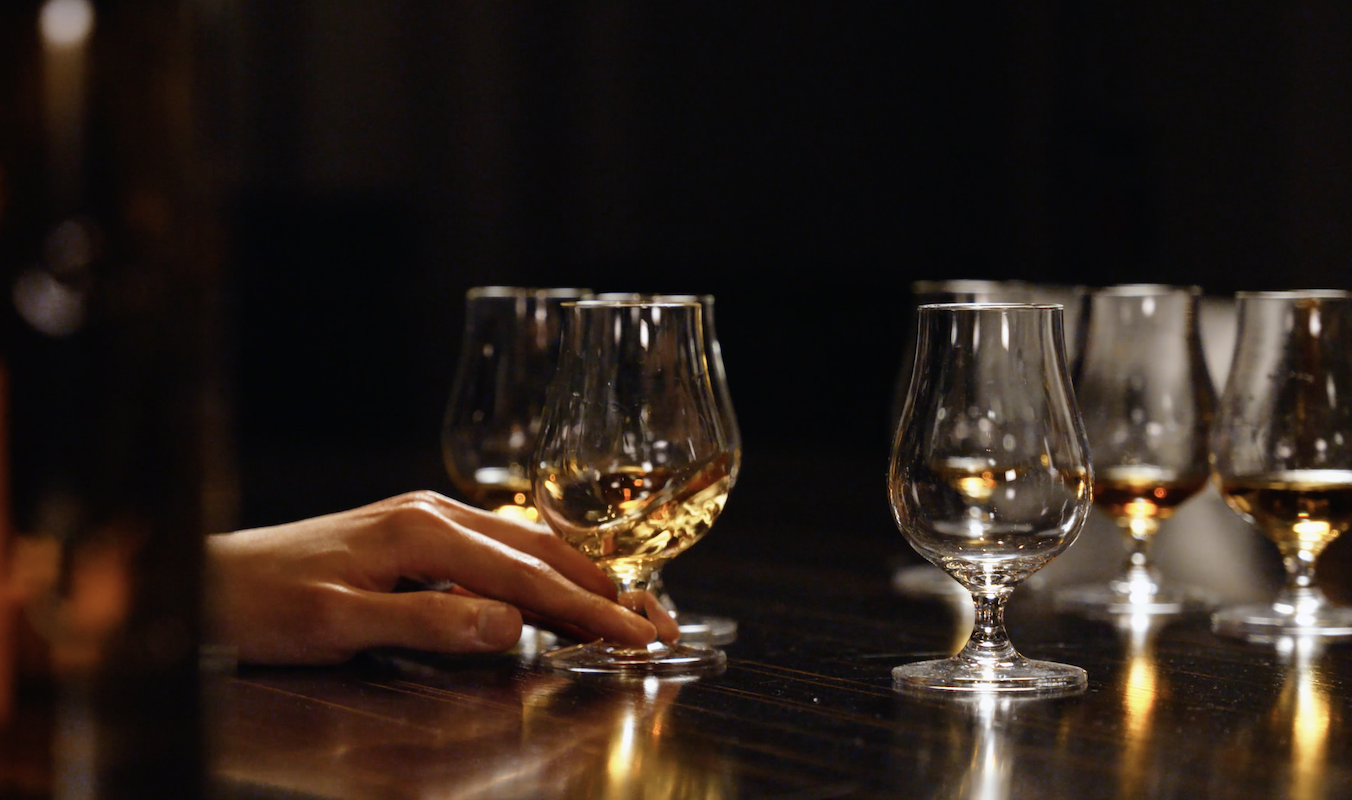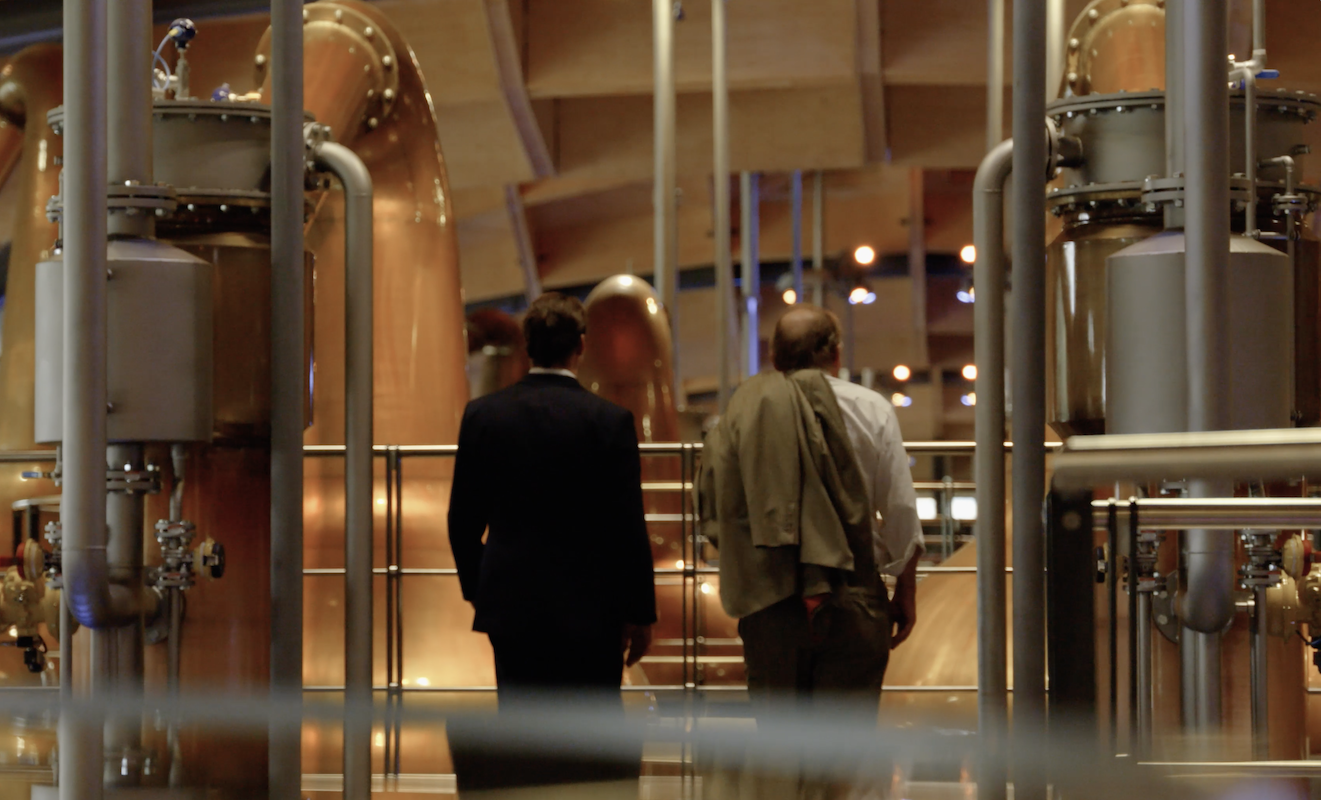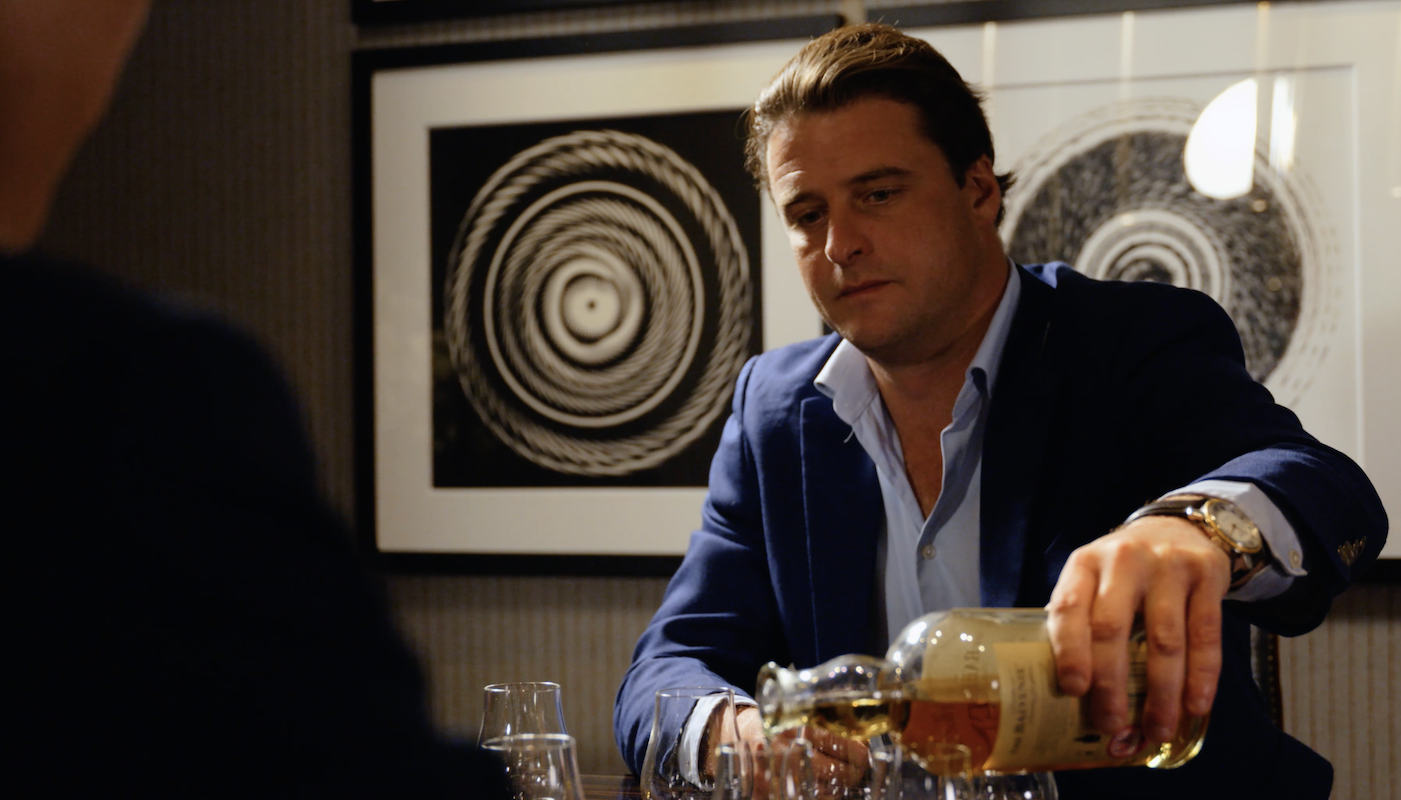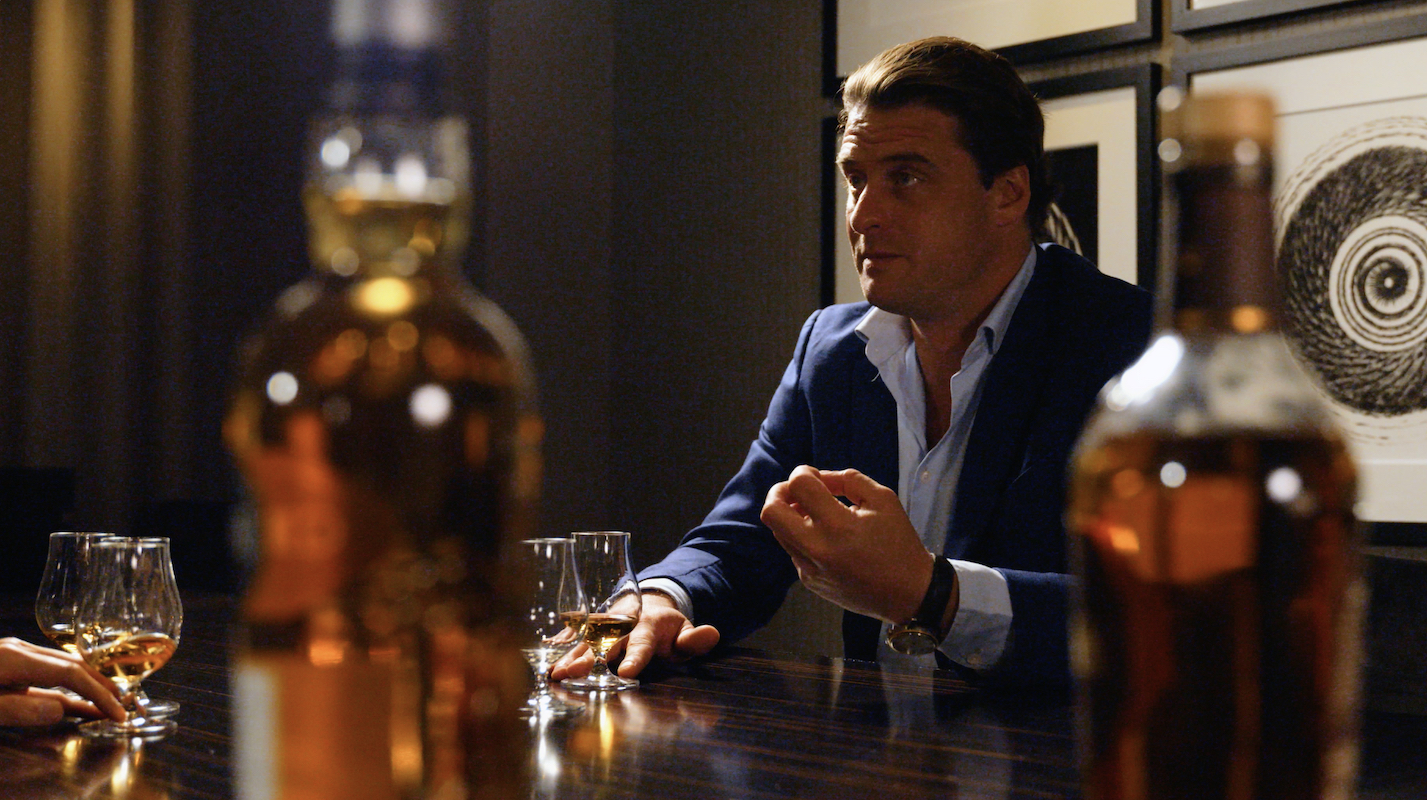This website uses cookies so that we can provide you with the best user experience possible. Cookie information is stored in your browser and performs functions such as recognising you when you return to our website and helping our team to understand which sections of the website you find most interesting and useful.
The tricky world of whisky: could you spot a fake?
By Tempus | 23 September 2022 | Food & Drink
Here are ten steps to acquire a legitimate liquid

It is estimated that two out of every five Scotch single malt whiskies in the secondary market are fakes. This is a concerning statistic for an industry that in recent years has undergone an explosion of interest, particularly at the highest end of the market for rare whisky. Part of the issue is how a rare whisky is sourced; often from secondary merchants and auction houses which may have found these whiskies from private sellers or other businesses.
This means that several lines of separation can exist between the actual source and final buyer, so the provenance trail is not transparent. Charles Beamish, Founder and Managing Director of Beamish International, is an expert at avoiding the pitfalls of this practice and takes us on a journey through this complex industry from the distillery to bottle, and everything in between. Whether you are a current or burgeoning collector, gifter or drinker of rare whisky, read on.

Beamish International is a global whisky private office that works in the primary market with the producers of rare whiskies, facilitating access for private clients to stocks that would otherwise be inaccessible without our services and also offer valuation and management services for existing collections. The brand's practice is to go to the original source – the distilleries themselves, which enables its clients to source whisky with an undoubted provenance.
The company works with Charles MacLean, an independent whisky expert and one of the most respected whisky connoisseurs in the world. His work assures only quality liquids are offered to clients and decades of experience have trained his eye to spot fakes that may be present in an existing collection. Here, we look at the methods he and Beamish have developed for avoiding counterfeit whiskies and acquiring legitimate liquids.

Work directly with producers: While the route to market for many distilleries may be via classic retail outlets, choosing to buy rare whisky often enables the buyer to have direct access to the distillery. This is the only cast-iron method of guaranteeing a rare liquid is genuine, as there is no middleman between liquid and buyer.
Check the paper trail: Whether buying in the primary or secondary market, acquiring distillery-letterheaded paperwork confirming the provenance of the bottle is vital. This gives it legal proof of its authenticity. In the future, these paper trails may become digitised, with record of the provenance of a liquid stored in the blockchain. The label itself may also contain a distillery-added hologram or QR code that further proves the bottle’s origin from an original bottler (the distillery) rather than a non-distiller producer.
Question the price: Research current pricing for the desired brand, looking at auction records and news on sales. If the price is too good to be true then it probably is, while if the price seems oddly high it may also be a sign of fraudulent sellers recognising demand.

Inspect the seal: Hold the still-corked bottle up to the light and inspect the condition of the seal for any sign of piercing. Fakers may use an original bottle and cork but filled it with counterfeit, low quality whisky, often using a syringe to add the liquid to the bottle with only the barest hint of a mark.
Check bottle integrity: Upon picking up the bottle, does it weigh how you would expect it to weigh? Distilleries continually update their glass and crystal offering so an oddly weighted bottle – either too light or heavy – may indicate a bottle from a different decade to the one claimed.
Consider bottle and label condition: A pristine label on a 50-year-old whisky bottle is unlikely, no matter the storage conditions within which it has been kept, while an original label on a modern-feeling bottle can reveal a fake. Seeing a label in a condition that does not match the supposed age of the liquid should always be a warning sign.

Consider label quality: Labels printed for bottles before the 1970s were not waterproof and printed with much older machines. If a supposedly old label appears to reject moisture and is printed with a high degree of precision, the bottle may be a sophisticated fake.
Check ullage (airspace in bottle): As the alcohol in a bottled whisky evaporates slowly through the cork, the air space in the bottle increases over time. For whiskies that have been bottled for more than two decades, the level of evaporation is very visible, so the whisky line will be lower.
Check for expected liquids conditions for its age: Much has changed with production practices in the Scotch whisky industry in the last few decades, with more advanced distilling and filtering techniques. Bottles from the 1970s or earlier often have sediment remaining in the bottle from the oak maturation process.
Carbon dating: A particularly special liquid can be carbon-dated to determine its age and the exact chemical composition – this can be compared with confirmed original bottles for confirmation.
The best advice when building a collection is to buy what you enjoy, but this should never come at the cost of not acquiring a legitimate liquid. As research has shown, fakery is common in the industry, meaning there is pressing importance for producers and collectors alike to safeguard the industry where they can.







